
Modern Retail Point of Sale Buyer's Guide: 5 Critical Assessment Areas
Today's retailers need more than just a transaction processor at the point of sale—they need a unified platform that transforms every store visit into a loyalty-building experience. This guide outlines the critical features to look for in a modern POS solution to meet rising shopper expectations and drive long-term retail success.
Modern Retail Point of Sale Buyer's Guide: 5 Critical Assessment Areas
The Crucial Features Needed to Modernize Store Experiences
Retailers today are faced with some of the most complex, challenging headwinds in modern history: rising operational costs, unstable supply chains, and increasing consumer preferences for eCommerce and online shopping. At the same time, 77% of retailers report rising customer acquisition costs, as traditional specialty retailer advantages no longer guarantee sustainable growth. To succeed in this environment, retail investments need to deliver more than just short-term wins, but long-term resilience. This is particularly critical at the point of sale, where technology must do more than process transactions. It must connect the entire retail experience, helping retailers transform stores into captivating destinations that drive sales and customer loyalty.
Savvy specialty retailers recognize that stores are not just sales outlets; they are powerful growth engines. The importance of retail stores extends beyond immediate in-store sales, significantly influencing sales in digital channels as well. Research shows that 21% of online purchases are impacted considerably by shopper interactions with store associates, highlighting the highly connected nature of physical and digital retail experiences.
A new modern point-of-sale (POS) solution may be in the plans for retailers seeking to deploy an enhanced, more consistent guest experience within their stores. A modern POS is essential for empowering store associates to provide store guests with unique advice and experiences they cannot find online, enriching their shopping journey and deepening brand loyalty.
If you are a retailer embarking on a journey to migrate to a modern POS solution, here are some suggestions on the crucial features to assess in such a solution. This buyer's guide advises on the POS features crucial for modernizing store experiences to captivate and delight modern shoppers.
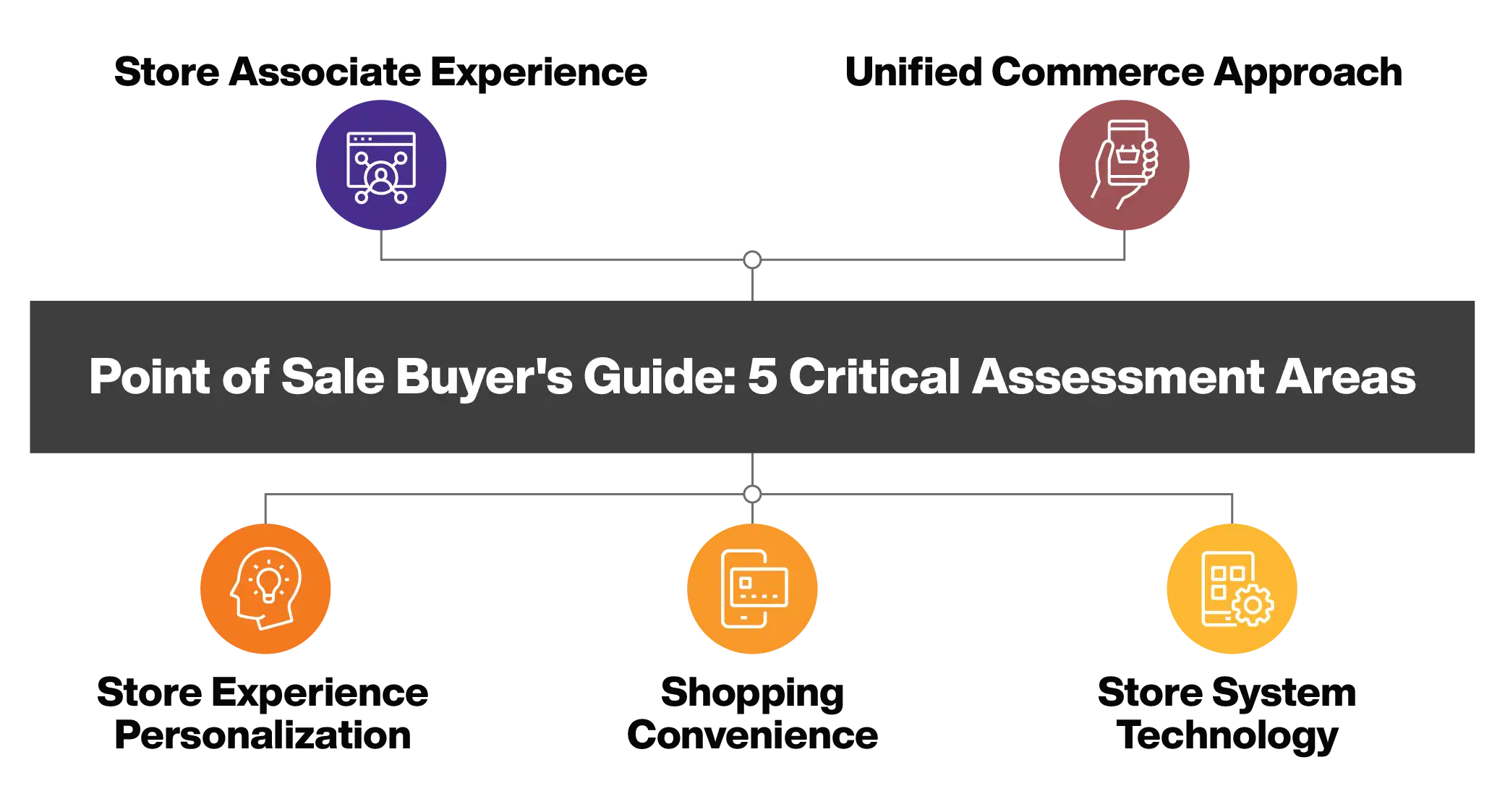
Assessment Area 1: Store Associate Experience
Empowering Store Associates to Reach Their Full Potential
The role of store associates in modern retail is nothing short of vital. They are at the forefront of delivering guest experiences that engage and inspire modern shoppers. Research in the fashion and apparel sector reveals that 75% of customers are inclined to spend more after receiving outstanding service from store staff. Moreover, a significant 20% of lost in-store sales can be traced back to shortcomings in staff engagement.
Today’s store associates are evolving beyond traditional sales roles; they are transforming into dynamic content creators and product stylists who enhance product discovery both in-store and across digital channels. Their day-to-day activities may include curating compelling looks, producing engaging how-to videos, and managing personalized appointments with their top clients, effectively becoming brand ambassadors who influence both online and offline engagement and drive sales across both channels.
As specialty retailers consider new point-of-sale systems, it is imperative to evaluate whether these solutions will empower store associates to deliver exceptional store experiences efficiently and effectively. This assessment is not merely about usability; it is fundamentally about empowerment. Will the system enable store associates to unlock their full potential in captivating and delighting today’s shoppers? The answer to this question could define the future success of a retail brand, particularly in subsegments where associate expertise is especially important, like sporting goods, furnishings, and electronics.
5 Crucial Features to Assess
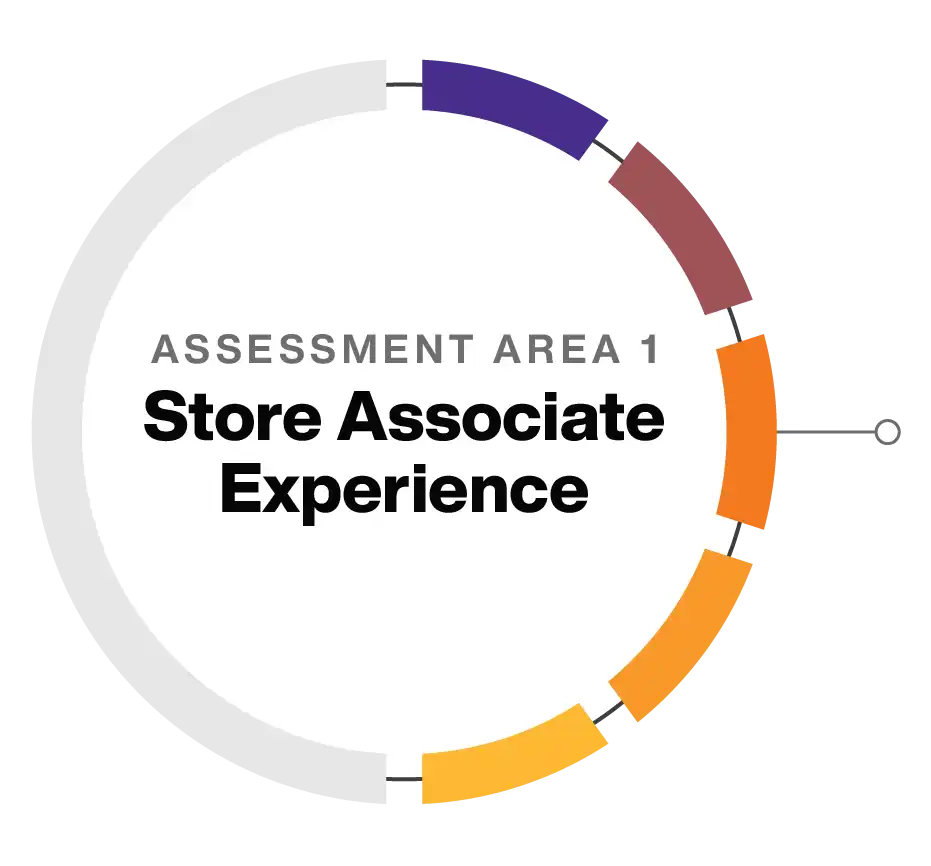
Tip: Look for capabilities designed to add efficiency to store associate work, such as product catalog search with filters that allow associates to pinpoint what they are looking for promptly.
Tip: Easy navigation is critical as store associates are called on to manage increasingly diverse functions in their interactions with shoppers. Also look for a solution that carries over a user interface design to other store functions, such as store inventory management and store fulfillment, allowing store associates to efficiently navigate to a broader set of store functions.
Tip: A POS that offers unified and intuitive experience across all device types, including mobile, tablet, and fixed, empowers associates to serve customers from anywhere on the floor without needing to relearn interfaces. Look for native support across operating systems to ensure flexibility, device compatibility, and lower maintenance costs, which help unlock mobile selling, better customer engagement, and operational efficiency.
Tip: A point-of-sale solution with robust back-end capabilities minimizes time spent on daily operations and the likelihood of errors with configurable workflows, guided checklists, and built-in reporting. Efficient handling of administrative tasks allows associates to focus on the customer experience, while providing management with critical, actionable data for decision-making.
Tip: A point-of-sale solution designed to behave like mobile applications employees use in their personal lives is more manageable for employees to adopt.
Assessment Area 2: Unified Commerce Approach
Seamlessly Unifying the Retail Experience
Modern shoppers perceive retail brands as tangible entities, transcending the boundaries of digital and physical channels. They demand a seamless and consistent experience at every interaction touchpoint, expecting uniform access to products, accurate inventory views, and streamlined customer service options, such as hassle-free returns. Introducing friction into this experience—like not allowing customers to return online purchases in stores—can lead to frustration and significantly undermine trust and loyalty. Conversely, retailers that provide cohesive experiences across all channels satisfy their customers and are rewarded with increased sales. Shoppers who engage with retailers across multiple channels realize a lifetime value that is an impressive 1.5 times greater than their single-channel counterparts.
Adopting a unified commerce approach is imperative for specialty retail stores seeking to amplify their brand value at every customer interaction. This technical strategy seamlessly integrates sales, fulfillment, inventory, and customer service data across a retailer's channels and fulfillment network. In today's omnichannel retail landscape, this means the point-of-sale (POS) system should empower store associates with the ability to access and act on customer, product, and inventory information from any channel or operational touchpoint. For example, the POS system should enable associates to view, order, and process transactions against inventory located anywhere in the retailer's fulfillment network—whether in other stores, distribution centers, or directly from suppliers. By eliminating friction in the shopping journey, a modern POS empowers associates to meet customer needs proactively and effectively, ultimately enhancing loyalty and driving sales, while simplifying operational requirements for retailers
5 Crucial Features to Assess

Tip: Look for a POS that can provide holistic views of a customer’s transaction and order history through in-store and digital channels, as well as the ability to provide recommendations based on that history. Cart and Catalog information (from different fulfillment locations) should also be easily accessible at the associate’s fingertips.
Tip: By empowering store associates to see and sell available inventory anywhere in the retailer's network easily, store associates become problem solvers in customers' eyes, streamlining and adding value to the shopping experience.
Tip: A POS designed with a unified commerce approach will support a single checkout transaction for multiple items fulfilled from different locations. See the section on convenience for more details.
Tip: A POS with a unified commerce approach will support a single checkout transaction for new item purchases and returns. See the section on convenience for more details.
Tip: Unified commerce shouldn’t require a patchwork of customizations. Look for a POS solution with native omnichannel cart support, real-time inventory and in-store fulfillment workflows that are built directly into the core product. If customization is required, a modern point-of-sale will help IT and operational teams customize easily with extensions and an open, API-first approach.
Assessment Area 3: Store Experience Personalization
Amplifying Brand Value in Every Interaction
As specialty retail stores evolve from focusing on transactional interactions to delivering experiences, they transform into powerful platforms that elevate a retailer's brand value across all sales channels. Personalization is not just important; it is essential for modern stores to become true experience orchestrators. This shift allows associates to craft unique and memorable guest experiences grounded in a deep understanding of customer history, preferences, and needs. According to research by Deloitte, this move from broad, impersonal interactions to personalized micro-interactions is a key factor driving nearly half of executives to plan significant investments in physical store remodels or new locations by 2025.
In modern retail, personalization manifests in various compelling ways. Modern retail spaces can morph into dynamic environments that instinctively respond to local customer behaviors and trends, showcasing merchandise layouts that resonate with regional buying habits and digital engagement preferences. However, store associates remain at the forefront of delivering this elevated personalization. They will engage customers through value-added product discovery experiences, including curated product recommendations, personal styling consultations, and customized digital lookbooks and videos. A consumer survey reveals that 81% of customers favor brands that offer personalized experiences, with 70% valuing employees who remember their past interactions.
Store associates serve as a retailer's strongest brand advocates, akin to influencers in the retail sector. To articulate the brand's narrative effectively and showcase products that resonate, these associates must be equipped with cutting-edge tools to facilitate personalization. A modern point-of-sale (POS) system can empower them with essential capabilities, including clienteling features that enable personalized interactions across the store.
5 Crucial Features to Assess
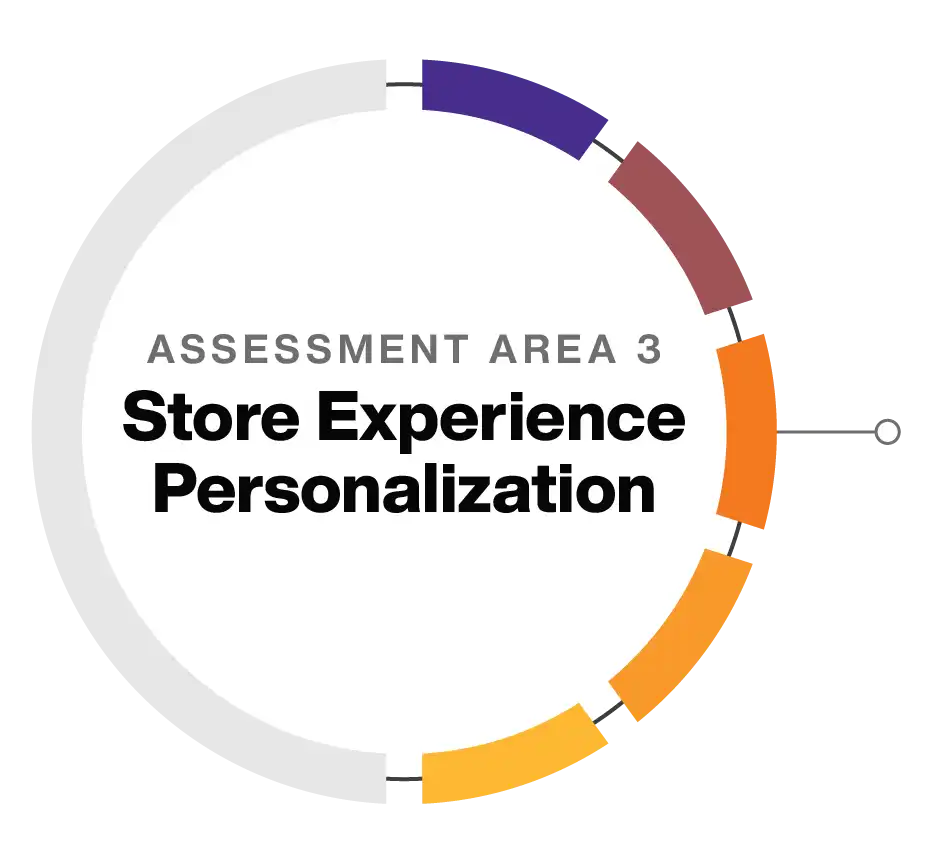
Tip: Look to see if the solution will enable associates to get customer summary information in as few clicks as possible to facilitate easy personalization with the ability to drill down into more detailed information as needed.
Tip: Look for a POS solution that provides flexibility in determining product recommendations, such as straightforward integration into your existing product recommendation engine.
Tip: Things like customer preference capture, notes, and wishlists help brands deliver more personalized experiences with every visit. Interactions that make each customer feel uniquely valued reinforce a brand’s strength, helps turn transactions into more meaningful shopping experiences, and ultimately improve the likelihood that a customer will return to shop again.
Tip: Look for a POS solution that supports multiple communication methods, such as voice, text, and email to facilitate customer support outside the store.
Tip: Look for a POS solution that makes it easy for associates to present applicable promotions to customers, such as configurable pre-emptive prompting to associates that automatically displays available promotions as a transaction approaches a promotion qualification.
Assessment Area 4: Shopping Convenience Features
Efficiently Using Customers’ Valuable Time
Modern shoppers increasingly appreciate the unique benefits of in-store shopping experiences. A 2024 survey in the US found that 61% of consumers prioritize the in-store experience—whether it's the ability to try on products, compare options, or soak in the inviting atmosphere. These shoppers value their time, and when they come to stores, they want to use their time on activities that add value to their shopping experience. Unfortunately, long checkout lines and convoluted processes can mar this experience. Nearly 70% of shoppers associate waiting in line with negative feelings such as boredom and frustration, and over 68% of shoppers have stated that they would abandon their purchase if faced with extended wait times.
To elevate store guest satisfaction, a modern point-of-sale (POS) system for specialty retail must be purpose-built to enhance speed and efficiency. It should streamline essential transactions, such as checkout and returns while accommodating omnichannel retail's complexities. This capability means handling orders that feature mixed fulfillment options—such as items for pickup at a different location, items shipped directly to the customer, or products taken home immediately.
5 Crucial Features to Assess
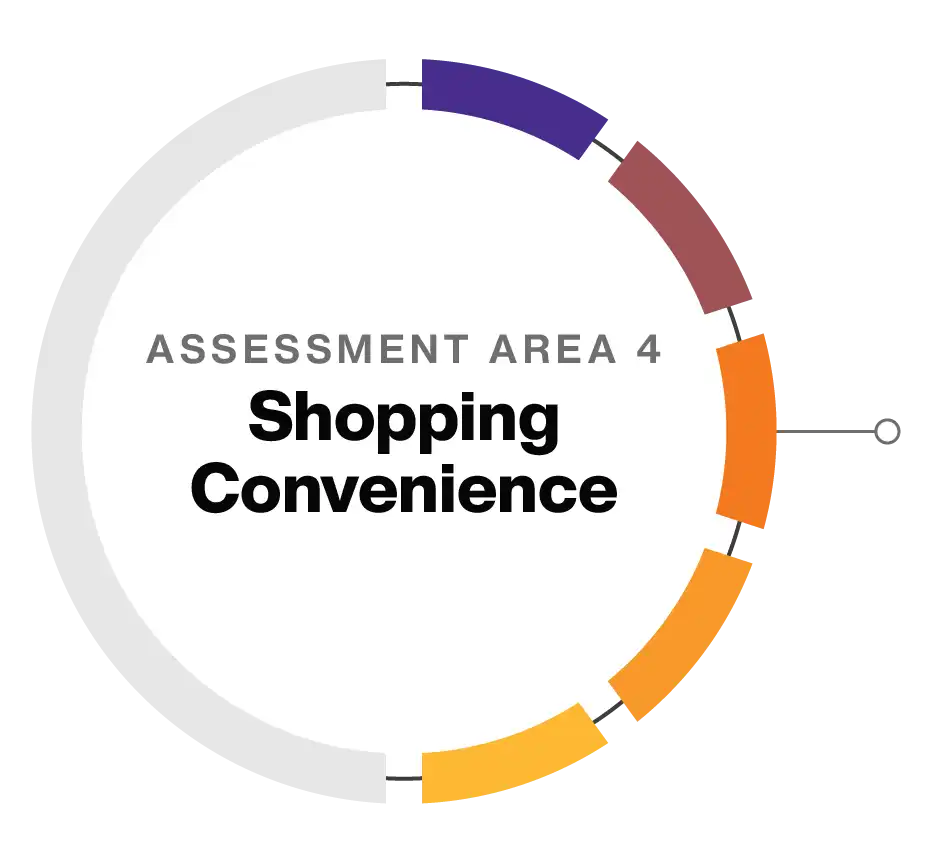
Tip: The solution should streamline how associates add necessary fulfillment details to each item, such as selecting a customer’s stored preferred shipping address for ship-to-customer items.
Tip: The solution should support seamless validation within the checkout transaction of product return availability based on the original purchase date and return policy.
Tip: Look for support of next-generation payment methods like Pay-by-Link to provide ultimate flexibility in handling payments, even if the customer is outside the store.
Tip: Look for capabilities that allow associates to quickly connect to the nearest receipt printer to expedite printing in cases where customers want a printed receipt.
Tip: Native support or straight-forward integrations with technologies like RFID-enabled scanning drive speed, convenience, and better service at checkout. Providing associates with quick, accurate scanning reduces wait times, minimizes the need for manual entry, and expedites high-volume transactions.
Assessment Area 5: Store Systems Technology
Providing the Resiliency and Agility to Adapt to Evolving Customer Needs
The reality of traditional retail store technology is that it often degrades, rather than upgrades, the shopping experience that modern shoppers crave. Current store technology stacks fail to provide the customizable processes that enable stores to deliver unique, tailored experiences that meet customers' evolving needs and desires. This unfortunate situation has led to a widening gap between customer expectations and what legacy technology can deliver. In fact, a recent survey indicates that 64% of retailers acknowledge significant shortcomings in their current technology's ability to satisfy the demands of today's shoppers.
Enter cloud-native point-of-sale applications—transformative solutions that are reshaping retail stores. These innovative platforms offer rapid and flexible access to technological advancements, boasting features like always-available service and rich extensibility. By adopting a cloud-native approach, retailers can break free from the constraints of traditional point-of-sale systems, which are often bogged down by complex customization processes and considerable downtime for upgrades. This forward-thinking approach allows retailers to engage in rapid innovation, ensuring their stores remain fresh and attractive to customers.
5 Crucial Features to Assess
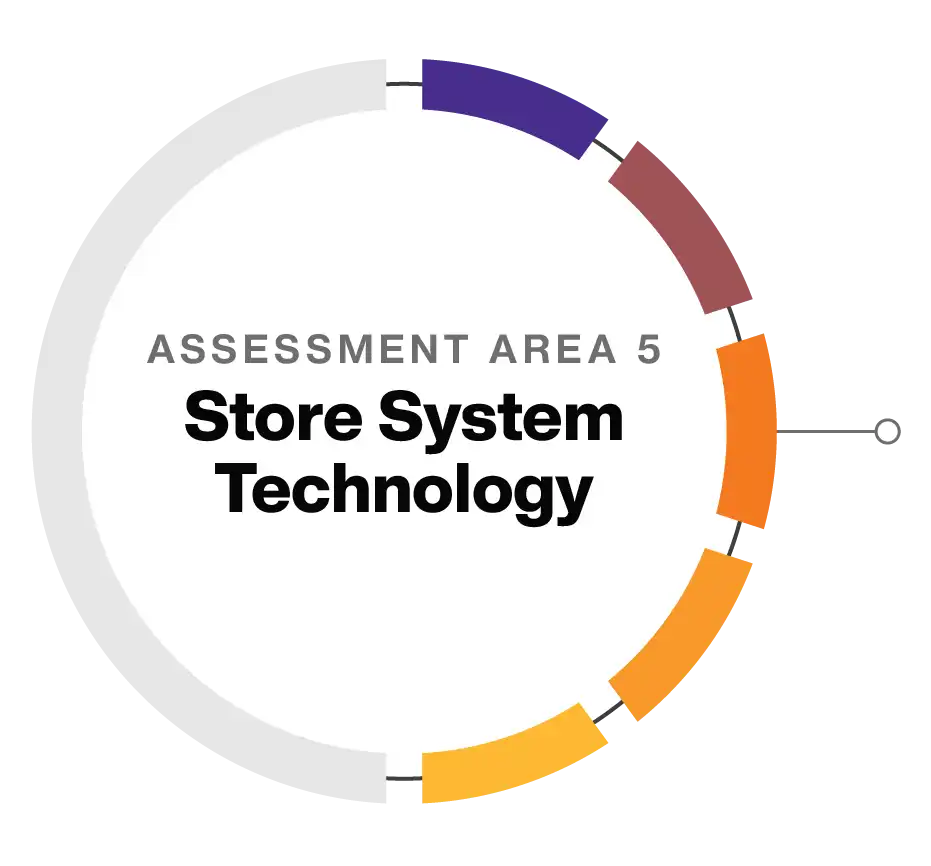
Tip: Look for a solution that takes an edgeless off-line approach, eliminating the need for separate store applications and servers to manage off-line transactions. An edgeless approach saves considerable hardware and maintenance expenses.
Tip: Investigate the vendor's track record of making regular functionality upgrades to keep pace with quickly evolving retail industry and consumer behavior trends.
Tip: Selective on-device caching of data (like product details, pricing, and promotions) ensures performance and continuity of operations, even in low-connectivity environments. Uninterrupted associates workflows and faster customer integrations are essentially for maintaining service levels during network fluctuations and peak traffic periods.
Tip: While the point-of-sale may provide the ideal user interface out-of-the-box, every retailer is different and may have unique user interface requirements today or in the future. The best point-of-sale solutions remove roadblocks to change and become an enabler of innovation.
Tip: Look for a point-of-sale solution built on 100% microservices and API-first architecture complemented by robust no/low-code development tools.
Summing it Up
Delivering the experiences modern shoppers demand and desire in stores requires a unified approach to commerce that provides consumers with a consistent experience as they browse, transact, acquire, and consume, regardless of touchpoint. Store associates are central to this experience, moving quickly between personalized engagement, customer service, and checkout. They need store solutions that are intuitive, resilient, and engineered to make their jobs easier while empowering them to deliver the experiences modern shoppers expect.
The foundation for realizing the modern retail store is technological. An experience-led platform that seamlessly meets the needs of associates and store guests across all essential store processes, from product discovery to unified returns and exchanges to expedited checkout.
Continue your journey to discover more about ways to transform your store experience:
- Learn from retailers' challenges and opportunities in meeting modern shopper expectations.
- Explore the five essential elements of creating modern store experiences, including business capabilities and outcomes.
- Discover Manhattan Active® Point of Sale—a cloud native and mobile retail POS application that enables store teams to delight shoppers and improve store performance.
AI Conversations on Point of Sale Buying Considerations
You May Also Be Interested In...

Unified Commerce Benchmark
The 2025 Unified Commerce Benchmark reveals how top brands drive conversion, loyalty, and profit across shopping, checkout, fulfillment, and service. Access Report!

The Modern Store
Discover the five key elements of a modern store and see how Manhattan's software helps you create seamless, customer-driven unified commerce experiences.
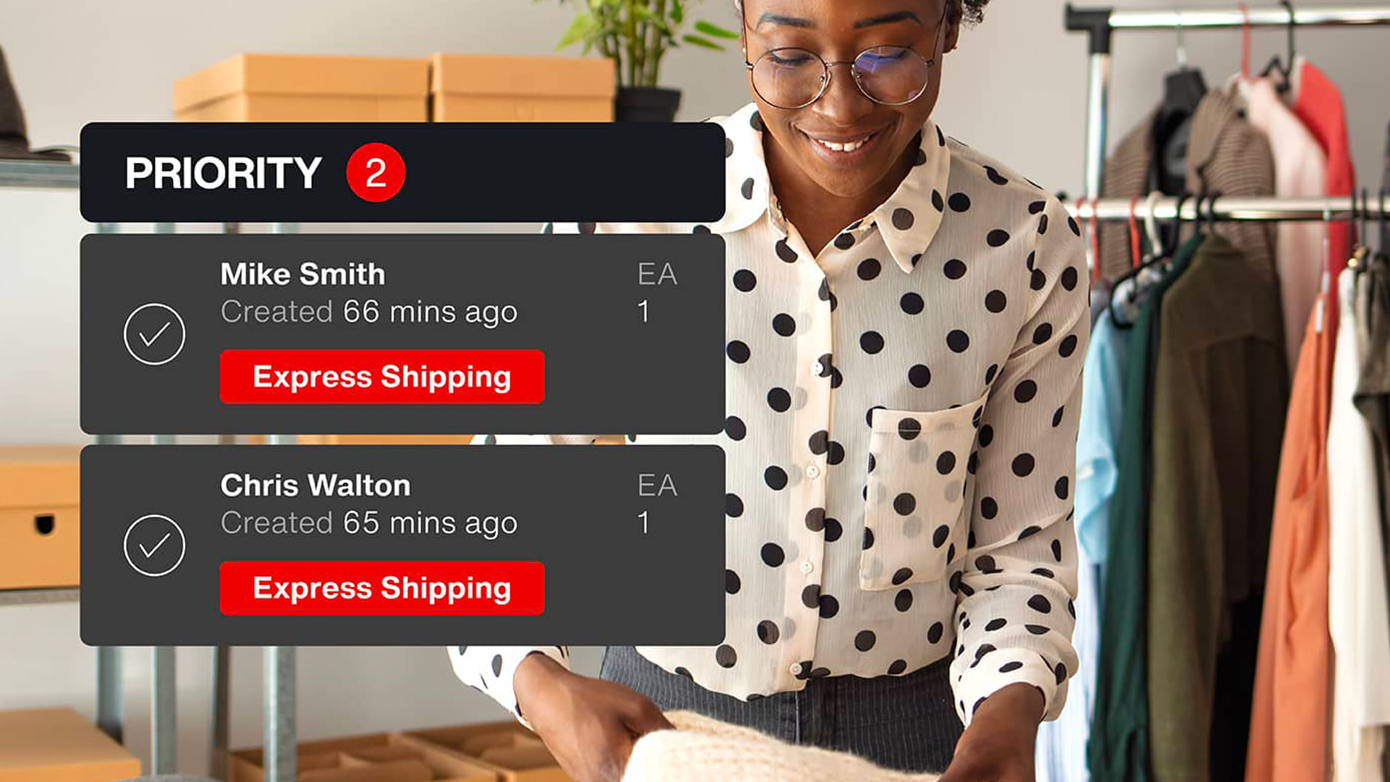
Manhattan Active® Omni
Located in a single cloud native app, our omnichannel software solution takes a flexible, scalable approach to order management, inventory and more.

Unified Commerce Benchmark for Specialty Retail
The 2025 Unified Commerce Benchmark reveals how top brands drive conversion, loyalty, and profit across shopping, checkout, fulfillment, and service. Access Report!
Related Content
Modern Store
Discover the five key elements of a modern store and see how Manhattan's software helps you create seamless, customer-driven unified commerce experiences.
Learn MoreForrester Wave for POS
Access your complimentary copy of the report to see how Manhattan Active® Omni compares to other POS solutions.
Access Report



